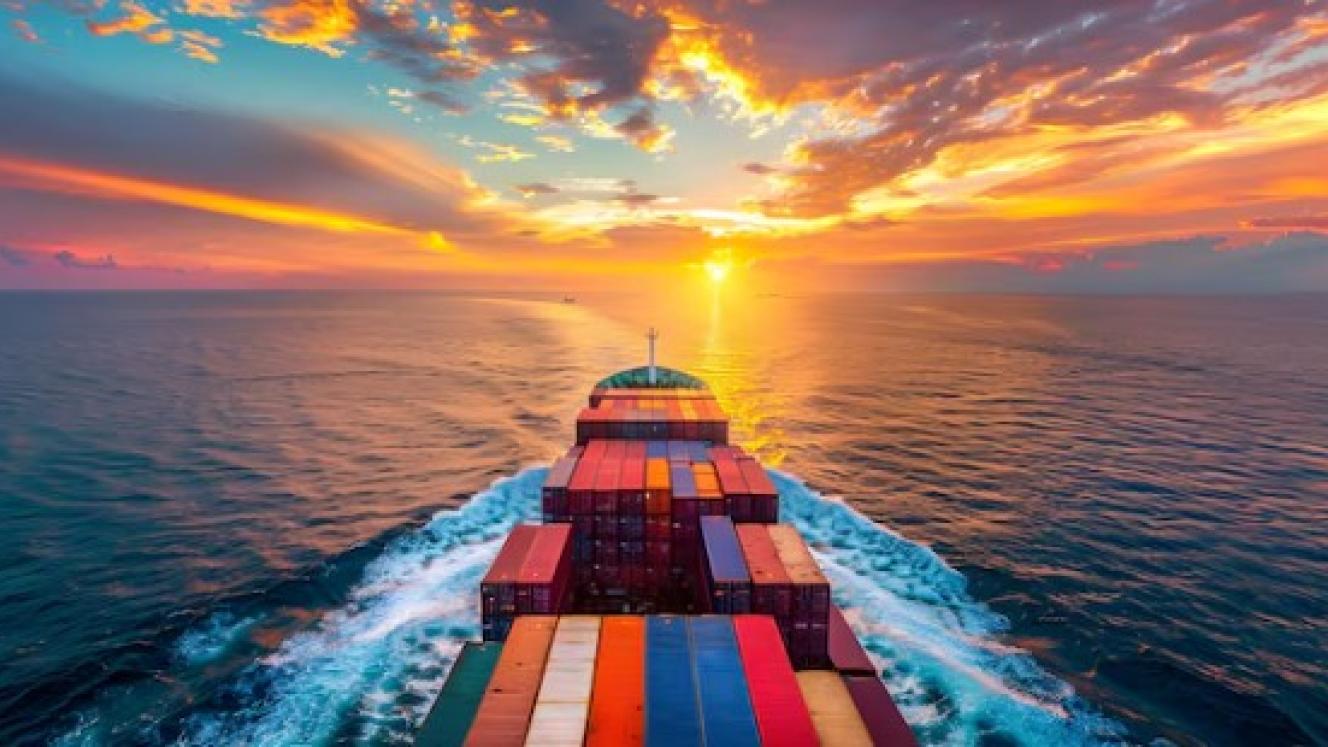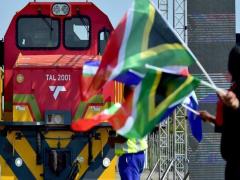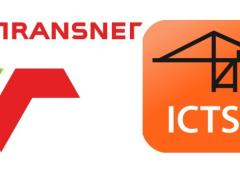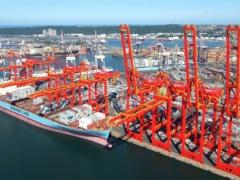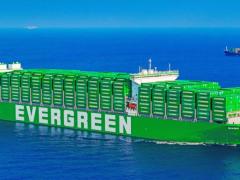Eskom acting group chief executive, Calib Cassim, says the power utility has launched a national demand side management initiative which could save 1 500MW of energy for the grid.
Cassim announced the initiative at the National Demand Side Management Indaba on Monday.
On Sunday evening alone, demand exceeded Eskom’s capacity availability by at least 3 885MW. The deficit can reach more than 5 000MW during afternoon peaks.
Demand-side management is seen as a tool that can help the power utility potentially reduce load-shedding.
“Eskom needs to focus on the supply in terms of our own plants, as well as getting the DMRE more capacity from an Independent Power Producers perspective. But while we are looking at supply, let’s not forget the importance of demand-side management to close that gap in terms of that capacity shortfall,” Cassim said.
“Eskom has launched its national demand management initiative. We are aiming to achieve a capacity from this initiative of just under 1 500MW, and we think and we know that the potential is much greater. At the end of the day, there’s only one objective for South Africa - stop load-shedding as quickly as possible. But we need to do it in a way that ensures that we don’t compromise the integrity of the grid.”
Eskom head of distribution, Monde Bala, said the entity had identified opportunities to achieve the 1 500MW goal.
“We believe there is quite a significant footprint of traditional geysers that present an opportunity for further savings at a residential level. We believe that in terms of public lighting and street lighting, there’s further opportunity to do public lighting in a manner that is energy efficient.”
He added that the government was addressing building regulations to ensure energy efficiency was incorporated in plans that were approved.
“Over and above that, we are aware that there’s a significant number of rooftop solar PVs (photovoltaics) that have already been installed, which we could potentially tap into. So we’re looking at that as an opportunity. We’ve got applications that we are currently processing totalling in excess of 100MW. That 100MW is one machine of the open cycle gas turbine, so if we can get that, it would make a difference.”
Bala added that while Eskom took responsibility for load-shedding, it was “a problem that affects all of us”.
“It is incumbent on all of us to play our role in dealing with issues of load-shedding. So while our colleagues in the generation space are battling to fix plants and to reduce the unplanned capacity loss factor to levels that are acceptable, it is equally important for us as consumers that utilise electricity to do so in a manner that is responsible. Each of us, whatever we can do, wherever we are, we need to do it,” he said. – SAnews.gov.za

